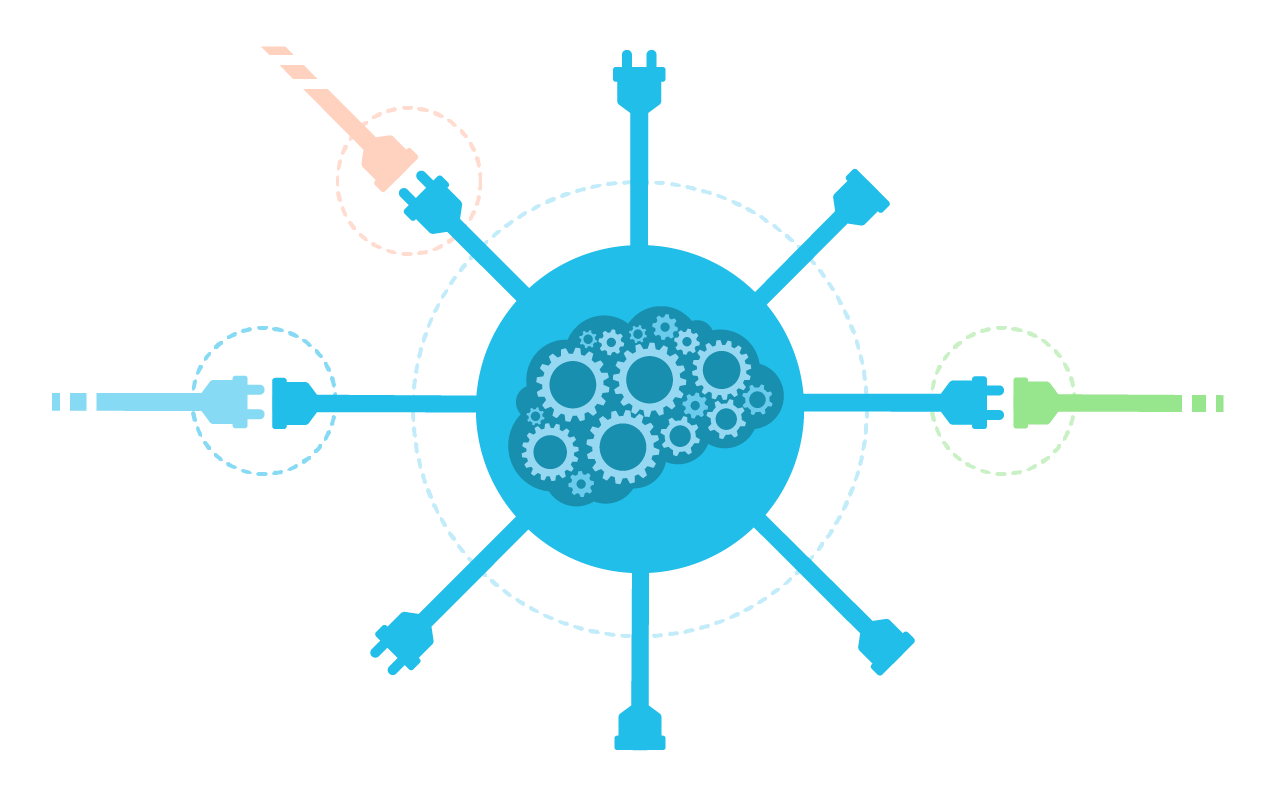Globally, there is an increasing appetite for data delivered in real time. Since both producers and consumers are more and more interested in faster experiences and instantaneous data transactions, we are witnessing the emergence of the real-time API.
This new type of event-driven API is suitable for a wide variety of use cases. It can be used to power real-time functionality and technologies such as chat, alerts, and notifications or IoT devices. Real-time APIs can also be used to stream high volumes of data between different businesses or different components of a system.
This article starts by exploring the fundamental differences between the REST model and real-time APIs. Up next, we dive into some of the many engineering challenges and considerations involved in building a reliable and scalable event-driven ecosystem, such as choosing the right communication protocol and subscription model, managing client, and server-side complexity, or scaling to support high-volume data streams.
What exactly is a real-time API?
Usually, when we talk about data being delivered in real time, we think about speed. By this logic, one could assume that improving REST APIs to be more responsive and able to execute operations in real time (or as close as possible) makes them real-time APIs. However, that’s just an improvement of an existing condition, not a fundamental change. Just because a traditional REST API can deliver data in real time does not make it a real-time API.
The basic premise around real-time APIs is that they are event-driven. According to the event-driven design pattern, a system should react or respond to events as they happen. Multiple types of APIs can be regarded as event-driven, as illustrated below.

The real-time API family. Source: Ably
Streaming, Pub/Sub, and Push are patterns that can be successfully delivered via an event-driven architecture. This makes all of them fall under the umbrella of event-driven APIs.
Unlike the popular request-response model of REST APIs, event-driven APIs follow an asynchronous communication model. An event-driven architecture consists of the following main components:
- Event producers—they push data to channels whenever an event takes place.
- Channels—they push the data received from event producers to event consumers.
- Event consumers—they subscribe to channels and consume the data.
Let’s look at a simple and fictional example to better understand how these components interact. Let’s say we have a football app that uses a data stream to deliver real-time updates to end-users whenever something relevant happens on the field. If a goal is scored, the event is pushed to a channel. When a consumer uses the app, they connect to the respective channel, which then pushes the event to the client device.
Note that in an event-driven architecture, producers and consumers are decoupled. Components perform their task independently and are unaware of each other. This separation of concerns allows you to more reliably scale a real-time system and it can prevent potential issues with one of the components from impacting the other ones.
Compared to REST, event-driven APIs invert complexity and put more responsibility on the shoulders of producers rather than consumers.

REST vs event-driven: complexity is inverted. Source: Ably
This complexity inversion relates to the very foundation of the way event-driven APIs are designed. While in a REST paradigm the consumer is always responsible for maintaining state and always has to trigger requests to get updates. In an event-driven system, the producer is responsible for maintaining state and pushing updates to the consumer.
#event driven architecture #realtime api #architecture & design #development
